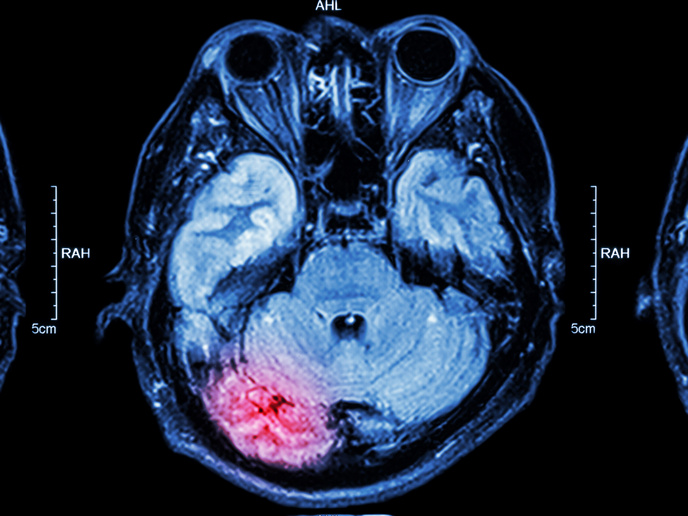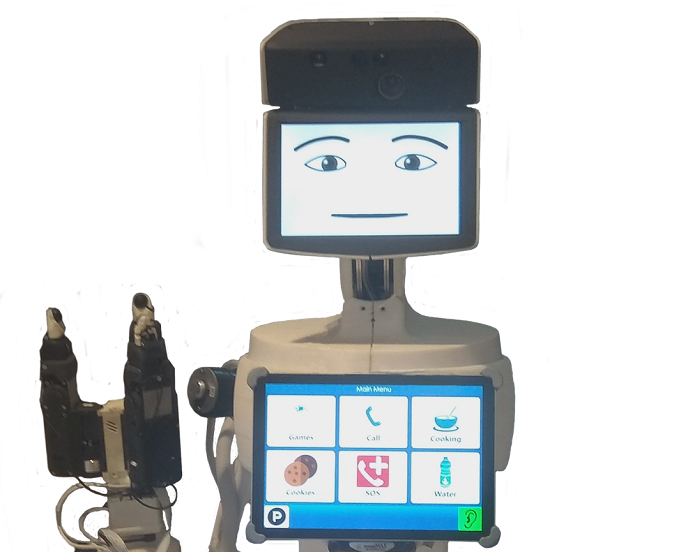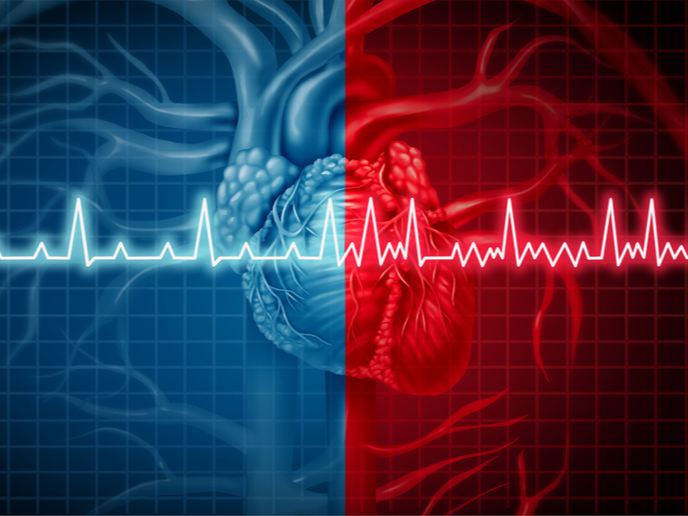Modelling the effects of traumatic head impacts
One major challenge in mechanical and medical science is the prediction and treatment of traumatic brain injury (TBI). TBI results from a sudden external force to the head that damages the brain, such as a physical attack or a road accident. It is one of the leading causes of disability and death in adults. “Improving our understanding of head trauma is important, as this could help us design solutions to prevent injury in the first place,” explains Harold Berjamin(opens in new window), postdoctoral researcher at the University of Galway(opens in new window) and principal investigator in the TBI-WAVES project. Despite many efforts in the mechanical science community to simulate and understand the impacts of TBI, several key aspects have been neglected or omitted in modelling, such as inertia, swelling and fluid content. In the EU-funded TBI-WAVES project, Berjamin and his colleagues sought to improve the mechanical and computational modelling of head traumas. Through the project, undertaken with the support of the Marie Skłodowska-Curie Actions(opens in new window) programme, the team first accounted for the previously neglected effects in TBI modelling, before creating advanced simulation tools for head impacts.
Improving mechanical and computational modelling of brain injury
To fill in prior knowledge gaps, the researchers created a series of mathematical models to study the influence of various friction-related effects in TBI, namely the effect of material viscosity and of liquid content on the motion of brain tissue. Through the project research, it became clear that these effects could play an important role in head trauma. “Our main result is that brutal motions resulting from impacts are very sensitive to several material properties, especially stiffness and viscosity,” says Berjamin. “Therefore, these effects should not be neglected in TBI studies.”
Simulating the motion of the brain after impact
The team also developed dedicated simulation tools to improve the fundamental knowledge of TBI. Current research is still at the stage of establishing links between the cause of an injury and its consequences, something that cannot be tested experimentally for obvious ethical reasons. Head impact simulation tools are therefore essential. These tools are highly accurate computer codes capable of simulating the motion of the brain after an impact, and could be used in the context of sports injuries, car crashes and other road accidents to understand what kind of trauma may have occurred. “These simulations can also be used preventively, to estimate the forces and stretches at play in the brain during an impact event and design better protocols or protective measures,” Berjamin explains.
Inspiring future modelling of physical and biological processes post trauma
Berjamin hopes that the results of his project will be used to further improve tissue modelling and simulation, as well as our understanding of the physical and biological processes that take place in head trauma. “In this way, I hope that advances in mathematics and engineering will help reduce the burden of head injuries on healthcare systems, for instance based on new safety devices,” he adds. The TBI-WAVES simulation framework is not yet ready for the analysis of real head injury scenarios, but the team hopes to make rapid progress in this direction. Beyond TBI, robust computer models of brain tissue could be used in other applications, such as material testing, medical imaging, surgery procedures and simulators. “I have kept a few ongoing research collaborations concerning TBI, and I look forward to devoting myself to this subject again in the future,” says Berjamin.







